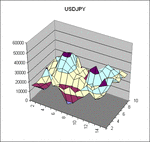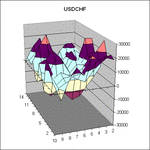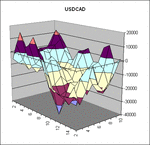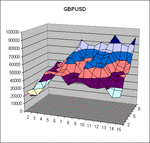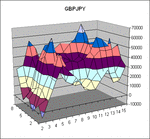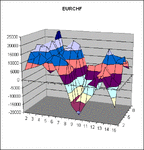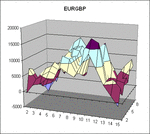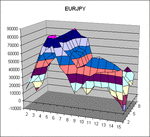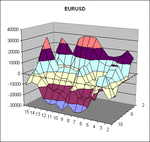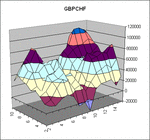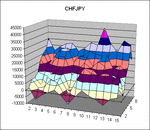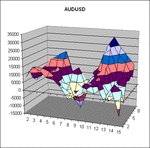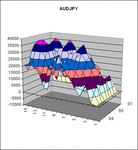Adamus
Experienced member
- Messages
- 1,898
- Likes
- 97
Thanks, and in the same way I would spare you and even Brettus.
It was a pleasure. I'm a pretty magnanimous person really.
But Brettus must die. He works for a brokerage.
Thanks, and in the same way I would spare you and even Brettus.
Thanks, and in the same way I would spare you and even Brettus.
Thanks for the feedback.
Instrument PF Avg Trd Total Net Max. DD Trds % Profit Avg Win Avg Loss Max Loss Avg Win/Loss Avg MFE
$AUDJPY_DTC 0.81 -60.24 -6325.00 -7580.00 105 21.0% 1208.18 -396.45 -930.00 3.05 518.29
$AUDUSD_DTC 1.84 164.06 14765.00 -2770.00 90 36.7% 980.91 -308.86 -565.00 3.18 567.22
$CHFJPY_DTC 1.05 12.19 1365.00 -6605.00 112 25.9% 1071.72 -358.01 -580.00 2.99 466.79
$EURCHF_DTC 1.12 39.33 4090.00 -6315.00 104 27.9% 1275.52 -438.67 -660.00 2.91 645.48
$EURGBP_DTC 0.76 -49.02 -4755.00 -5250.00 97 20.6% 752.25 -257.14 -345.00 2.93 349.12
$EURJPY_DTC 1.64 227.22 14315.00 -7690.00 63 31.7% 1833.00 -519.65 -750.00 3.53 930.00
$EURUSD_DTC 1.19 53.55 4070.00 -4185.00 76 28.9% 1178.18 -404.63 -600.00 2.91 579.21
$GBPCHF_DTC 1.07 46.47 5205.00 -18275.00 112 26.8% 2762.00 -947.01 -1660.00 2.92 1329.91
$GBPJPY_DTC 1.14 85.46 8290.00 -13685.00 97 28.9% 2339.46 -829.20 -1440.00 2.82 1321.19
$GBPUSD_DTC 1.57 189.62 17635.00 -4185.00 93 34.4% 1517.34 -506.89 -680.00 2.99 839.41
$USDCAD_DTC 1.41 108.53 10310.00 -5130.00 95 31.6% 1172.00 -382.31 -615.00 3.07 582.95
$USDCHF_DTC 1.51 171.41 14570.00 -4180.00 85 31.8% 1600.00 -493.62 -820.00 3.24 816.35
$USDJPY_DTC 1.00 0.05 5.00 -7765.00 100 25.0% 1252.20 -417.33 -595.00 3.00 567.05
COMBINED 1.20 67.97 83540.00 -7433.77 1229 28.2% 1473.29 -484.91 -1660.00 3.04 730.68Is that Sharpe ratio correct, 0.08? This implies incredibly volatile returns.. any idea why it's so choppy?
